 Reverse DSP TMS320F28050 Micro CPU Flash Binary
Reverse DSP TMS320F28050 Micro CPU Flash Binary
Reverse DSP TMS320F28050 Micro CPU Flash Binary is a process to unlock dsp microprocessor tms320f28050 flash memory and then read the embedded firmware out from MCU.

The 280x devices support the following peripherals which are used for embedded control and communication:
ePWM:
The enhanced PWM peripheral supports independent/complementary PWM generation, adjustable dead-band generation for leading/trailing edges, latched/cycle-by-cycle trip mechanism. Some of the PWM pins support HRPWM features.
eCAP:
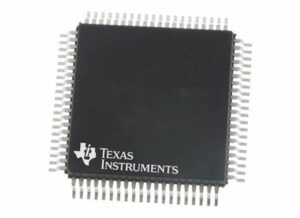
обратен инженеринг обезпечен DSP микрокомпютър TMS320F28050 флаш памет и четене вградени двоични данни или хексимал файл от заключен микроконтролер TMS320F28050 трябва да декапсулира криптирана микропроцесорна система за устойчивост на подправяне и да изхвърли TMS320F28050 защитен изходен код на фърмуера на MCU от своята флаш и eeprom памет;
The enhanced capture peripheral uses a 32-bit time base and registers up to four programmable events in continuous/one-shot capture modes. This peripheral can also be configured to generate an auxiliary PWM signal which can be used to attack dsp tms320f28031 microprocessor security system.
eQEP:
The enhanced QEP peripheral uses a 32-bit position counter, supports low-speed measurement using capture unit and high-speed measurement using a 32-bit unit timer.
This peripheral has a watchdog timer to detect motor stall and input error detection logic to identify simultaneous edge transition in QEP signals.
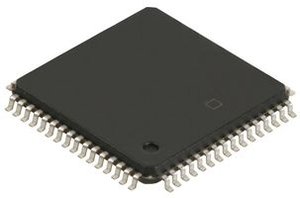
obrnuti inženjering osigurao je DSP mikroračunalo TMS320F28050 flash memoriju i očitavanje ugrađenih binarnih podataka ili heksimalne datoteke iz zaključanog mikrokontrolera TMS320F28050 treba dekapsulirati šifrirani sustav otpora mikroprocesora i izbaciti TMS320F28050 zaštitni izvorni kod MCU firmvera iz svoje flash i eeprom memorije;
ADC:
The ADC block is a 12-bit converter, single-ended, 16-channels. It contains two sample-and-hold units for simultaneous sampling.
 Recover Secured DSP TMS320F28035 Microcontroller Flash Content
Recover Secured DSP TMS320F28035 Microcontroller Flash Content
Recover Secured DSP TMS320F28035 Microcontroller Flash Content needs to crack dsp mcu tms320f28035 tamper resistance system and copy binary firmware to new MCU;
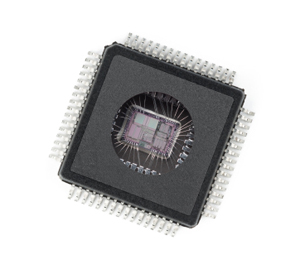
Most of the peripheral signals are multiplexed with general-purpose input/output (GPIO) signals. This enables the user to use a pin as GPIO if the peripheral signal or function is not used. On reset, GPIO pins are configured as inputs.
The user can individually program each pin for GPIO mode or peripheral signal mode. For specific inputs, the user can also select the number of input qualification cycles. This is to filter unwanted noise glitches. The GPIO signals can also be used to bring the device out of specific low-power modes.
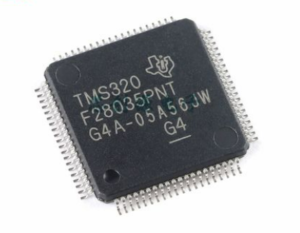
oporaviti DSP TMS320F28035 zaključani sadržaj flash memorije mikrokontrolera treba napasti DSP zaštitni MCU TMS320F28035 sustav otpora neovlaštenog mijenjanja i kopirati binarni kod ili heksimalne podatke ugrađenog firmvera iz izvornog osiguranog mikroprocesora u novi MCU TMS320F28035 klon;
CPU-Timers 0, 1, and 2 are identical 32-bit timers with presettable periods and with 16-bit clock prescaling. The timers have a 32-bit count-down register, which generates an interrupt when the counter reaches zero. The counter is decremented at the CPU clock speed divided by the prescale value setting in order to recover tms320f28032 microcontroller flash memory content.
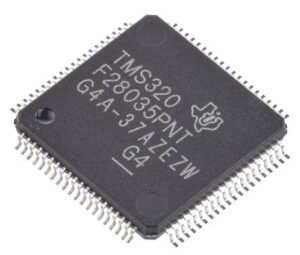
възстановяване на DSP TMS320F28035 заключен микроконтролер флаш памет съдържание трябва да атакува DSP защитен MCU TMS320F28035 система за устойчивост на подправяне и копиране на двоичен код или хексимални данни на вграден фърмуер от оригиналния защитен микропроцесор към нов MCU TMS320F28035 клонинг;
When the counter reaches zero, it is automatically reloaded with a 32-bit period value. CPU-Timer 2 is reserved for the DSP/BIOS Real-Time OS, and is connected to INT14 of the CPU. If DSP/BIOS is not being used, CPU-Timer 2 is available for general use. CPU-Timer 1 is for general use and can be connected to INT13 of the CPU. CPU-Timer 0 is also for general use and is connected to the PIE block.
 Reverse Engineering DSP MCU TMS320F28034 Flash Memory
Reverse Engineering DSP MCU TMS320F28034 Flash Memory
Reverse Engineering DSP MCU TMS320F28034 Flash Memory is a process to unlock microprocessor tms320f28034 flash protection and then readout the embedded binary from its processor memory;
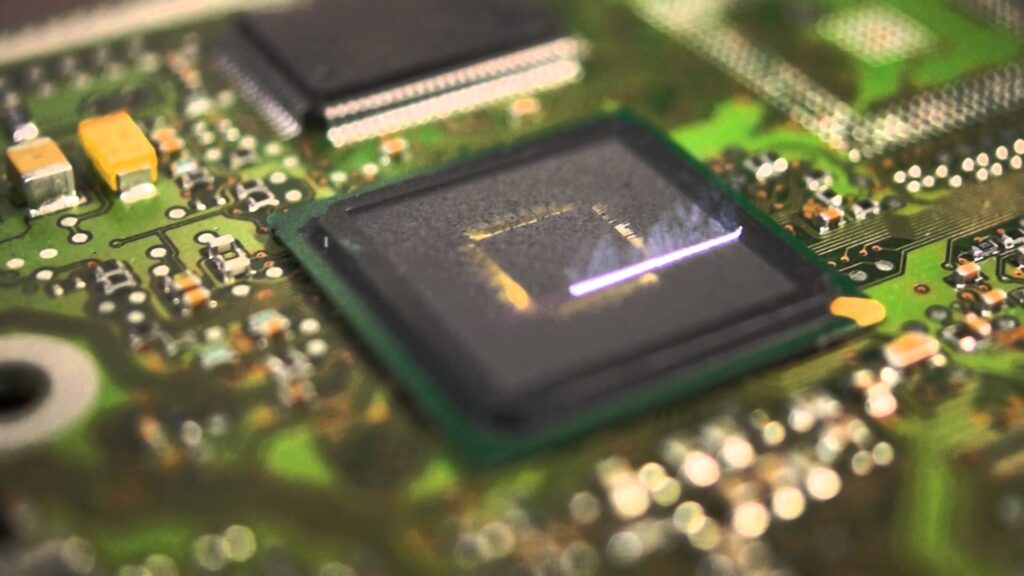
The 280x devices are full static CMOS devices. Three low-power modes are provided:
IDLE:
Place CPU into low-power mode. Peripheral clocks may be turned off selectively and only those peripherals that need to function during IDLE are left operating. An enabled interrupt from an active peripheral or the watchdog timer will wake the processor from IDLE mode in order to carry out the task of reverse engineering tms320f28016 microprocessor flash code.
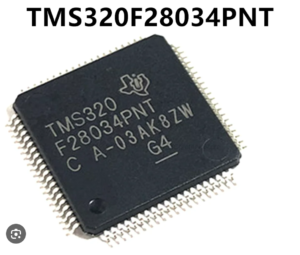
reverzní inženýrství DSP locked MCU TMS320F28034 systém odolnosti proti neoprávněné manipulaci a čtení firmware vestavěné flash paměti je proces prolomení šifrované flash ochrany mikroprocesoru TMS320F28034 a následné extrahování binárního kódu čipu MCU nebo heximálních dat z paměti jeho procesoru;
STANDBY:
Turns off clock to CPU and peripherals. This mode leaves the oscillator and PLL functional. An external interrupt event will wake the processor and the peripherals. Execution begins on the next valid cycle after detection of the interrupt event
HALT:
Turns off the internal oscillator. This mode basically shuts down the device and places it in the lowest possible power consumption mode. A reset or external signal can wake the device from this mode.
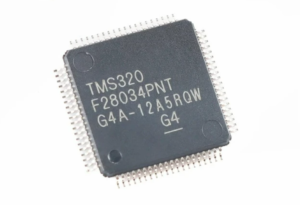
inginerie inversă DSP blocat MCU TMS320F28034 sistem de rezistență la manipulare și citire firmware-ul memoriei flash încorporate este un proces pentru a sparge protecția flash criptată a microprocesorului TMS320F28034 și apoi extrage codul binar sau datele heximale ale cipului MCU din memoria procesorului său;
The 280x segregate peripherals into three sections. The mapping of peripherals is as follows:
| PF0: | PIE: Flash: | PIE Interrupt Enable and Control Registers Plus PIE Vector Table Flash Control, Programming, Erase, Verify Registers |
| Timers: | CPU-Timers 0, 1, 2 Registers | |
| CSM: | Code Security Module KEY Registers | |
| ADC: | ADC Result Registers (dual-mapped) | |
| PF1: | eCAN: | eCAN Mailbox and Control Registers |
| GPIO: | GPIO MUX Configuration and Control Registers | |
| ePWM: | Enhanced Pulse Width Modulator Module and Registers | |
| eCAP: | Enhanced Capture Module and Registers | |
| eQEP: | Enhanced Quadrature Encoder Pulse Module and Registers | |
| PF2: | SYS: | System Control Registers |
| SCI: | Serial Communications Interface (SCI) Control and RX/TX Registers | |
| SPI: | Serial Port Interface (SPI) Control and RX/TX Registers | |
| ADC: | ADC Status, Control, and Result Register | |
| I2C: | Inter-Integrated Circuit Module and Registers |
 Recovering DSP Texas Instrument MCU TMS320F28033 Flash Data
Recovering DSP Texas Instrument MCU TMS320F28033 Flash Data
Recovering DSP Texas Instrument MCU TMS320F28033 Flash Data is a process to attack dsp microcontroller protective system and then transfer binary to new MCU for TMS320F28033 cloning;
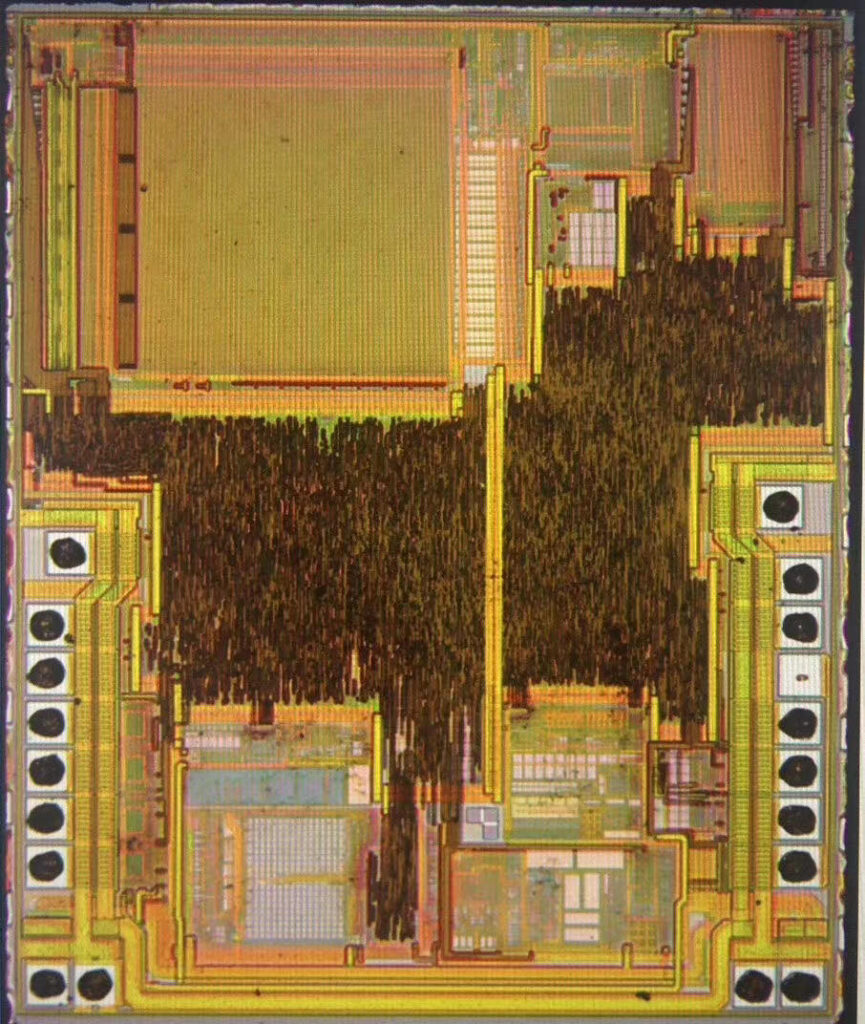
The 280x supports three masked external interrupts (XINT1, XINT2, XNMI). XNMI can be connected to the INT13 or NMI interrupt of the CPU. Each of the interrupts can be selected for negative, positive, or both negative and positive edge triggering and can also be enabled/disabled (including the XNMI).
The masked interrupts also contain a 16-bit free running up counter, which is reset to zero when a valid interrupt edge is detected. This counter can be used to accurately time stamp the interrupt which can be used for tms320f28026 microcontroller rom memory attacking.
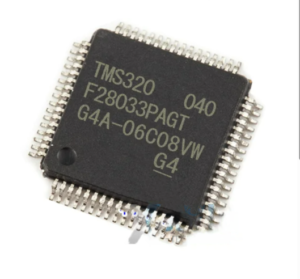
obnova DSP TEXAS INSTRUMENT zabezpečená MCU TMS320F28033 vestavěná data flash paměti je proces prolomení šifrovaného ochranného systému DSP mikrokontroléru TMS320F28033 a následného přenosu binárního souboru nebo zkopírování heximálního zdrojového kódu do nového mikroprocesoru pro klonování TMS320F28033;
Unlike the 281x devices, there are no dedicated pins for the external interrupts. Rather, any Port A GPIO pin can be configured to trigger any external interrupt.
The 280x can be clocked by an external oscillator or by a crystal attached to the on-chip oscillator circuit. A PLL is provided supporting up to 10 input-clock-scaling ratios.
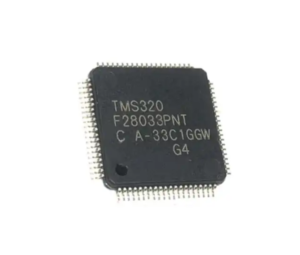
recuperarea datelor încorporate în memoria flash DSP TEXAS INSTRUMENT securizată MCU TMS320F28033 este un proces de spargere a sistemului de protecție criptat al microcontrolerului DSP TMS320F28033 și apoi transferați fișierul binar sau copiați codul sursă heximal pe noul microprocesor pentru clonarea TMS320F28033;
The PLL ratios can be changed on-the-fly in software, enabling the user to scale back on operating frequency if lower power operation is desired. Refer to the Electrical Specification section for timing details. The PLL block can be set in bypass mode.
 Recover DSP TMS320F28032 Microcontroller Flash Memory Firmware
Recover DSP TMS320F28032 Microcontroller Flash Memory Firmware
Recover DSP TMS320F28032 Microcontroller Flash Memory Firmware needs to firstly crack dsp tms320f28032 mcu security system by locating the security code;
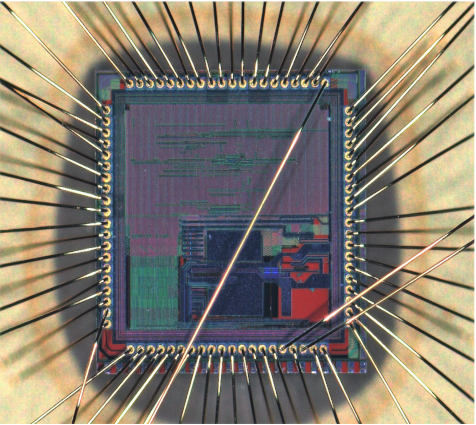
The PIE block serves to multiplex numerous interrupt sources into a smaller set of interrupt inputs. The PIE block can support up to 96 peripheral interrupts. On the 280x, 43 of the possible 96 interrupts are used by peripherals.
The 96 interrupts are grouped into blocks of 8 and each group is fed into 1 of 12 CPU interrupt lines (INT1 to INT12). Each of the 96 interrupts is supported by its own vector stored in a dedicated RAM block that can be overwritten by the user.
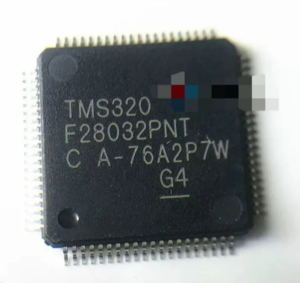
ochrana před čtením DSP TMS320F28032 mikrokontrolér vestavěný firmware flash paměti musí nejprve prolomit zamčený bezpečnostní systém čipu DSP TMS320F28032 MCU umístěním bezpečnostního bitu, poté extrahovat binární soubor nebo heximální data z mikroprocesoru TMS320F28032 a zkopírovat zdrojový kód na nový čip;
The vector is automatically fetched by the CPU on servicing the interrupt. It takes 8 CPU clock cycles to fetch the vector and save critical CPU registers which can be used for restoring tms320f28027 flash binary. Hence the CPU can quickly respond to interrupt events. Prioritization of interrupts is controlled in hardware and software. Each individual interrupt can be enabled/disabled within the PIE block.
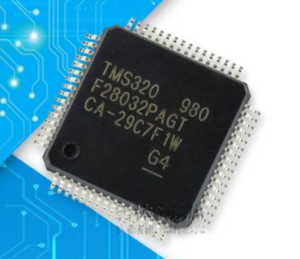
citirea de protecție a microcontrolerului DSP TMS320F28032, memoria flash încorporată, firmware-ul încorporat trebuie să spargă mai întâi sistemul de securitate blocat al cipului DSP TMS320F28032 MCU prin localizarea bitului de securitate, apoi să extragă fișiere binare sau date heximale din microprocesorul TMS320F28032 și să copieze codul sursă pe noul cip;
 Recovering DSP TMS320F28069 Microcontroller Flash Program
Recovering DSP TMS320F28069 Microcontroller Flash Program
Recovering DSP TMS320F28069 Microcontroller Flash Program needs to crack locked tms320f28069 flash by focus ion beam and then extract secured code from MCU;
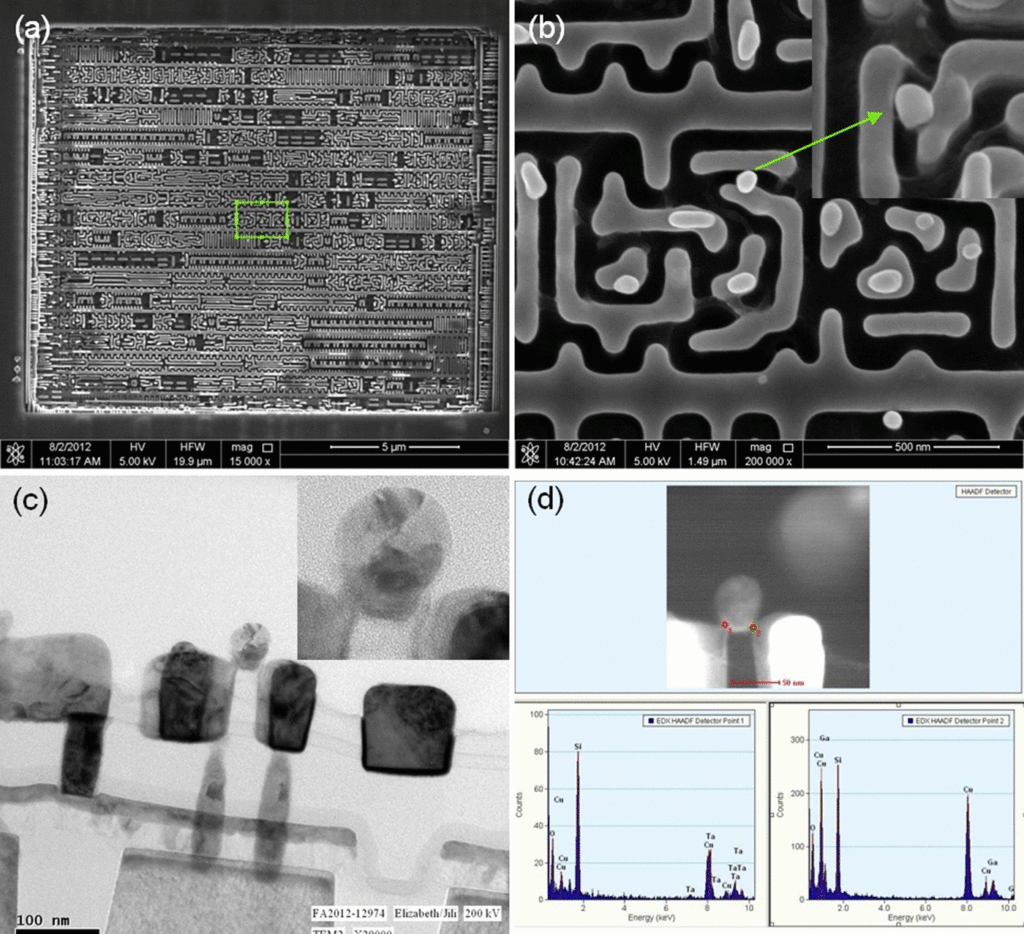
The PIE block serves to multiplex numerous interrupt sources into a smaller set of interrupt inputs. The PIE block can support up to 96 peripheral interrupts. On the F2806x, 72 of the possible 96 interrupts are used by peripherals.
The 96 interrupts are grouped into blocks of 8 and each group is fed into 1 of 12 CPU interrupt lines (INT1 to INT12). Each of the 96 interrupts is supported by its own vector stored in a dedicated RAM block that can be overwritten by the user.
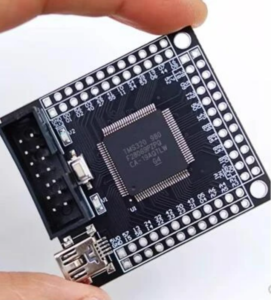
recuperați firmware-ul încorporat microcontrolerului blocat DSP TMS320F28069 din memoria flash criptată trebuie să spargeți siguranța microprocesorului TMS320F28069 blocat bit cu fascicul de ioni de focalizare și apoi extrageți codul sursă securizat în format de fișier binar sau date heximale din MCU TMS320F28069;
The vector is automatically fetched by the CPU on servicing the interrupt. Eight CPU clock cycles are needed to fetch the vector and save critical CPU registers to facilitate the process of reverse engineering TMS320F28052 flash memory code.
Hence the CPU can quickly respond to interrupt events. Prioritization of interrupts is controlled in hardware and software. Each individual interrupt can be enabled or disabled within the PIE block.
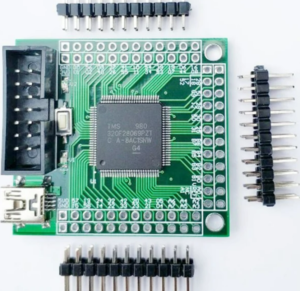
obnovit DSP TMS320F28069 vestavěný firmware vestavěného mikrokontroléru ze šifrované flash paměti potřebuje rozbít zamčený mikroprocesor TMS320F28069 pojistkový bit fokusačním iontovým paprskem a poté extrahovat zabezpečený zdrojový kód ve formátu binárního souboru nebo heximálních dat z MCU TMS320F28069;
 Attack DSP TMS320F28031 Microprocessor Security System
Attack DSP TMS320F28031 Microprocessor Security System
Attack DSP TMS320F28031 Microprocessor Security System is a process to crack mcu tms320f28031 tamper resistance and extract MCU code from flash and rom memory;
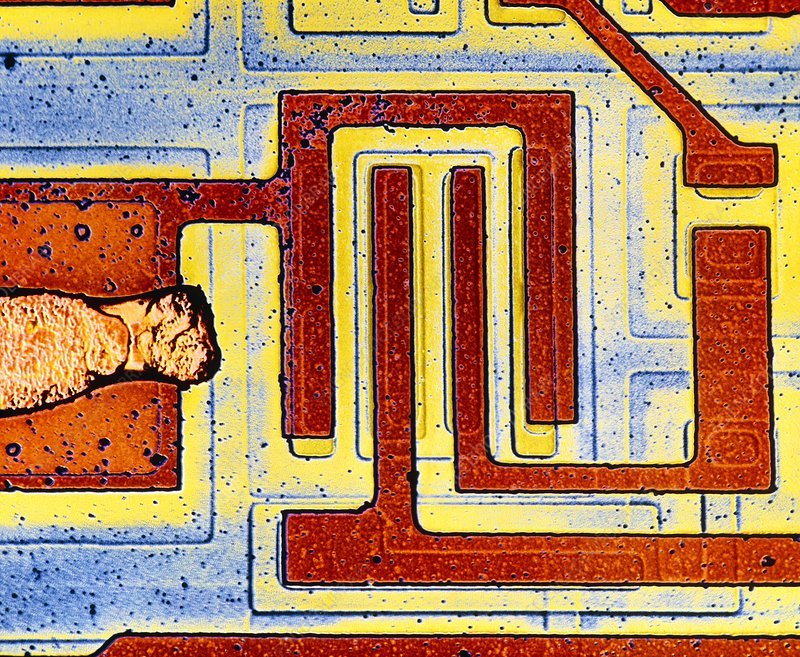
The 280x devices support high levels of security to protect the user firmware from being reverse engineered. The security features a 128-bit password (hardcoded for 16 wait-states), which the user programs into the flash.
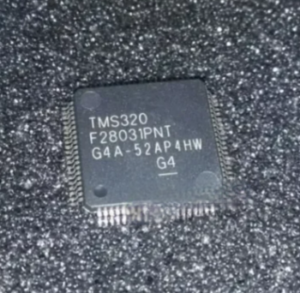
recuperați sistemul de securitate cu microprocesor criptat DSP TMS320F28031 este un proces de decapsulare a pachetului de siliciu al microcontrolerului blocat TMS320F28031 și extragerea firmware-ului încorporat al programului binar sau al software-ului heximal din codul sursă securizat al MCU TMS320F28031 din memoria flash și rom;
One code security module (CSM) is used to protect the flash/OTP and the L0/L1 SARAM blocks. The security feature prevents unauthorized users from examining the memory contents via the JTAG port, executing code from external memory or trying to boot-load some undesirable software that would export the secure memory contents.
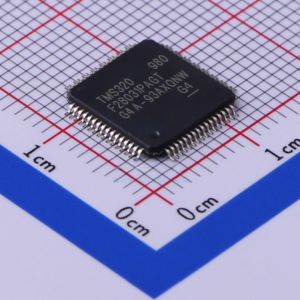
obnovit DSP šifrovaný mikroprocesorový bezpečnostní systém TMS320F28031 je proces pro dekapsulaci zamčeného křemíkového balíčku mikrokontroléru TMS320F28031 a extrahování vestavěného firmwaru binárního programu nebo heximálního softwaru ze zabezpečeného zdrojového kódu MCU TMS320F28031 z paměti flash a ROM;
To enable access to the secure blocks, the user must write the correct 128-bit KEY value, which matches the value stored in the password locations within the Flash to recover dsp tms320f28020 embedded firmware program.
 Break TI DSP Microcontroller TMS320F28030 Memory Protection
Break TI DSP Microcontroller TMS320F28030 Memory Protection
Break TI DSP Microcontroller TMS320F28030 Memory Protection and restore mcu tms320f28030 flash source code from flash and rom memory;
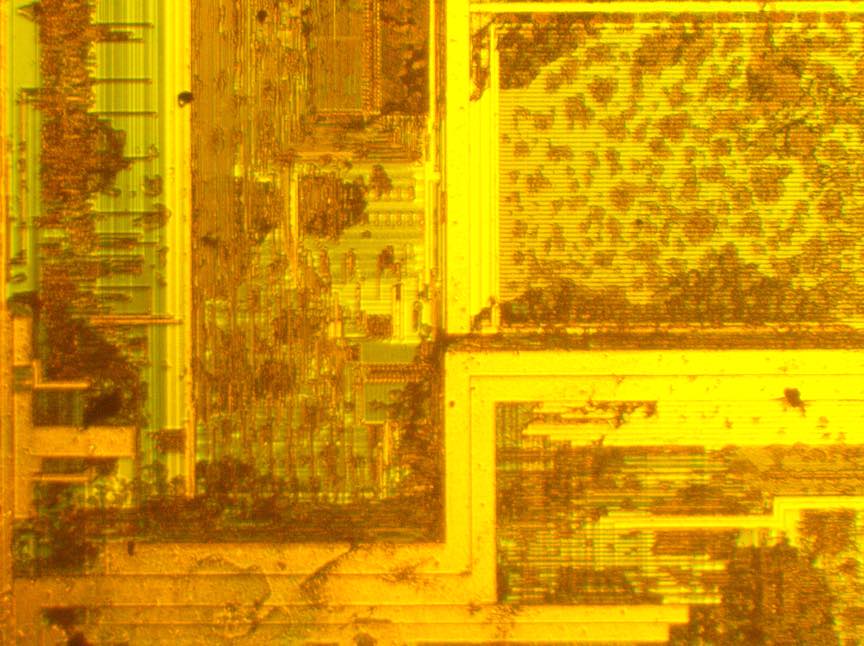
The Boot ROM is factory-programmed with boot-loading software. Boot-mode signals are provided to tell the bootloader software what boot mode to use on power up.
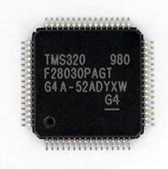
sparge microcontrolerul TEXA INSTRUMENT DSP securizat TMS320F28030 sistem de protecție și citire firmware încorporat din memoria flash cu microprocesor blocat TMS320F28030, date binare duplicate din memoria flash și fișierul heximal al memoriei eeprom în noul MCU TMS320F28030 pentru a restabili codul sursă;
The user can select to boot normally or to download new software from an external connection or to select boot software that is programmed in the internal Flash/ROM which can also be applied to restore tms320f28027 flash binary. The Boot ROM also contains standard tables, such as SIN/COS waveforms, for use in math related algorithms.
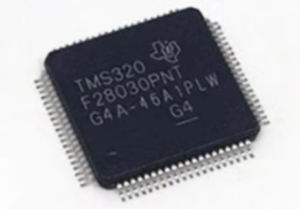
break TEXA INSTRUMENT DSP zabezpečený mikrokontrolér TMS320F28030 ochranný systém a čtení vestavěný firmware z TMS320F28030 uzamčená flash paměť mikroprocesoru, duplicitní binární data z flash paměti a heximální soubor paměti eeprom do nového MCU TMS320F28030 pro obnovení zdrojového kódu;

 Restoring Texas Instrument DSP TMS320F28027 MCU Flash Binary
Restoring Texas Instrument DSP TMS320F28027 MCU Flash Binary
Restoring Texas Instrument DSP TMS320F28027 MCU Flash Binary its a process of extract microcontroller tms320f28027 flash data and copy it to new MCU;
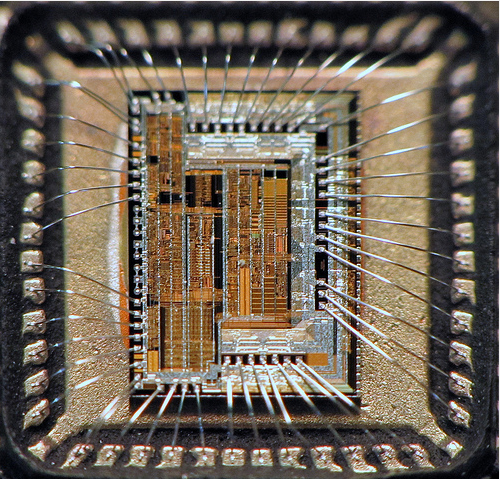
The TMS320F2027 Flash and OTP wait-states can be configured by the application. This allows applications running at slower frequencies to configure the flash to use fewer wait-states which can be treated as a flaw to attack protective tms320f28026 dsp mcu memory.
Flash effective performance can be improved by enabling the flash pipeline mode in the Flash options register. With this mode enabled, effective performance of linear code execution will be much faster than the raw performance indicated by the wait-state configuration alone.
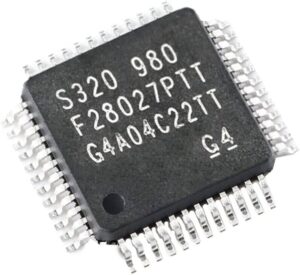
obnovit Texas Instrument DSP TMS320F28027PTT zamčený firmware vestavěné flash paměti MCU a extrahovat binární soubor nebo heximální data je proces ochrany mikrokontroléru zabezpečeného proti přerušení TMS320F28027PTT a zkopírování zdrojového kódu do nového šifrovaného mikroprocesoru TMS320F28027;
The exact performance gain when using the Flash pipeline mode is application-dependent. For more information on the Flash options, Flash wait-state, and OTP wait-state registers, see the TMS320x280x, 2801x, 2804x DSP System Control and Interrupts Reference Guide (literature number SPRU712).
The C2802 contains 32K x 16 of ROM, while the C2801 contains 16K x 16 of ROM.
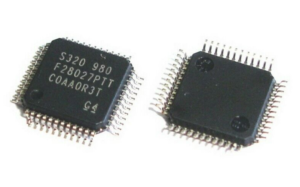
vratiti Texas Instrument DSP TMS320F28027PTT zaključani MCU ugrađeni firmware flash memorije i izvući binarnu datoteku ili heksimalne podatke je proces prekida osiguran mikrokontrolerom TMS320F28027PTT sustav zaštite očitavanja i kopirati izvorni kod na novi šifrirani mikroprocesor TMS320F28027;
All 280x devices contain these two blocks of single-access memory, each 1K x 16 in size. The stack pointer points to the beginning of block M1 on reset. The M0 and M1 blocks, like all other memory blocks on C28x devices, are mapped to both program and data space.
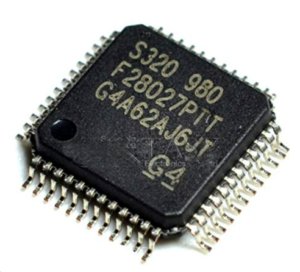
a Texas Instrument DSP TMS320F28027PTT zárolt MCU beágyazott flash memória firmware-ének visszaállítása és a bináris fájl vagy heximális adatok kibontása a TMS320F28027PTT mikrokontroller letörés elleni védelmi rendszerének és a forráskódnak az új, titkosított TMS320F28027 mikroprocesszorra másolásának folyamata;
Hence, the user can use M0 and M1 to execute code or for data variables. The partitioning is performed within the linker. The C28x device presents a unified memory map to the programmer. This makes for easier programming in high-level languages
 Protective DSP MCU TMS320F28026 ROM Attacking
Protective DSP MCU TMS320F28026 ROM Attacking
Protective DSP MCU TMS320F28026 ROM Attacking can help engineer to extract binary file from microcontroller flash and ROM memory, and then clone microprocessor tms320f28026 software data to new MCU units;
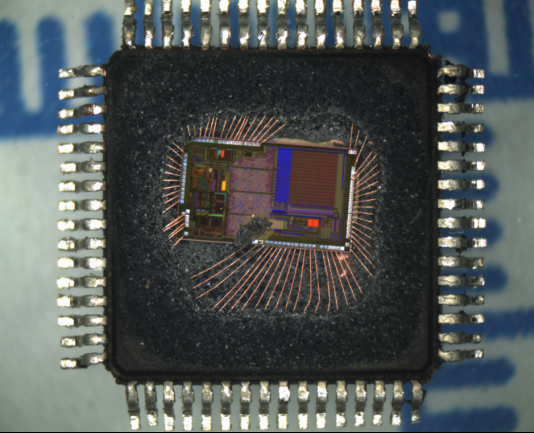
The F2809 contains 128K x 16 of embedded flash memory, segregated into eight 16K x 16 sectors. The F2808 contains 64K x 16 of embedded flash memory, segregated into four 16K x 16 sectors.
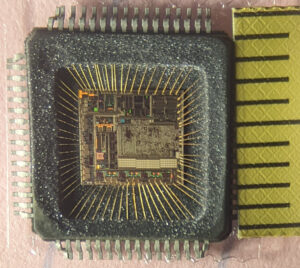
ochrana DSP MCU TMS320F28026 proti neoprávněné manipulaci s pamětí ROM může pomoci inženýrovi extrahovat binární soubor nebo heximální data ze šifrované flash a ROM paměti mikrokontroléru TMS320F28026 a poté načíst vestavěný firmware ze zabezpečeného zdrojového kódu mikroprocesoru TMS320F28026 do nové jednotky MCU;
The F2806 and F2802 have 32K x 16 of embedded flash, segregated into four 8K x 16 sectors. The F2801 device contains 16K x 16 of embedded flash, segregated into four 4K x 16 sectors.
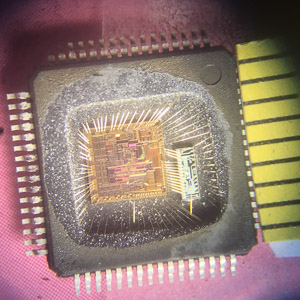
zaštitni DSP MCU TMS320F28026 ROM memorija otpora na neovlašteno pucanje može pomoći inženjeru da izvuče binarnu datoteku ili heksimalne podatke iz mikrokontrolera TMS320F28026 šifrirane flash i ROM memorije, a zatim očitava ugrađeni firmware iz zaštićenog izvornog koda mikroprocesora TMS320F28026 u novu MCU jedinicu;
All five devices also contain a single 1K x 16 of OTP memory at address range 0x3D 7800 – 0x3D 7BFF. The user can individually erase, program, and validate a flash sector while leaving other sectors untouched especially in the process of breaking texas instrument tms320f28012 memory. However, it is not possible to use one sector of the flash or the OTP to execute flash algorithms that erase/program other sectors.
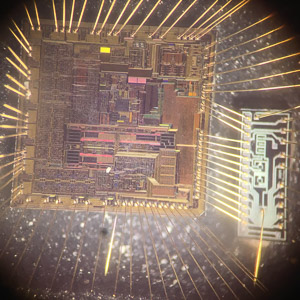
védő DSP MCU TMS320F28026 ROM memória szabotázs-ellenállás feltörése segíthet a mérnöknek bináris fájl vagy heximális adatok kinyerésében a TMS320F28026 mikrokontroller titkosított flash és ROM memóriájából, majd kiolvassa a beágyazott firmware-t a védett mikroprocesszorból a TMS320F28026 egység forráskódjába;
Special memory pipelining is provided to enable the flash module to achieve higher performance. The flash/OTP is mapped to both program and data space; therefore, it can be used to execute code or store data information. Note that addresses 0x3F7FF0 – 0x3F7FF5 are reserved for data variables and should not contain program code.